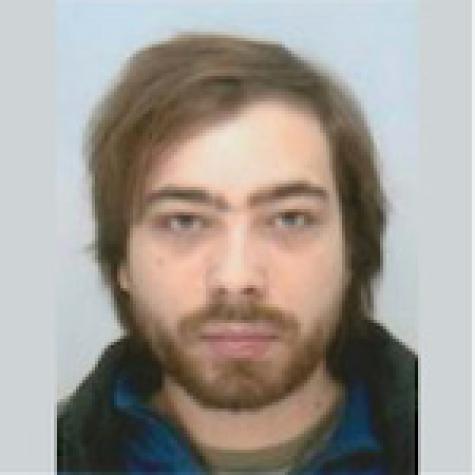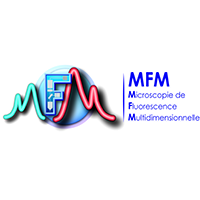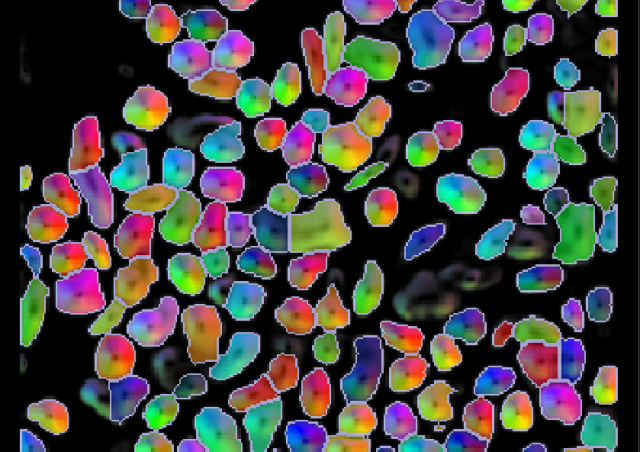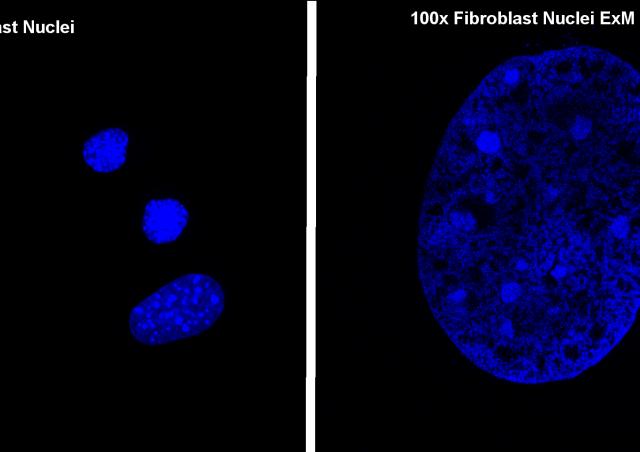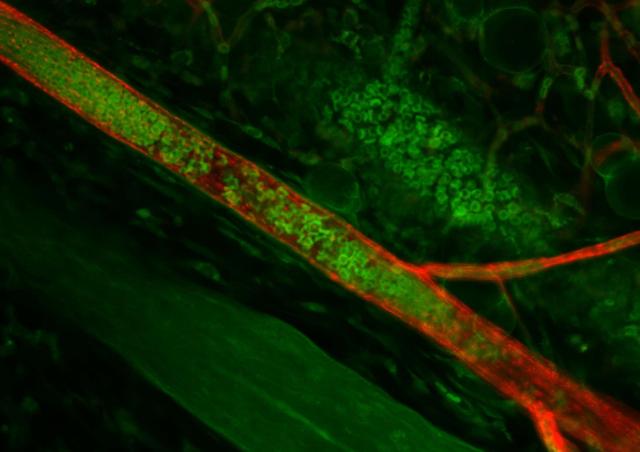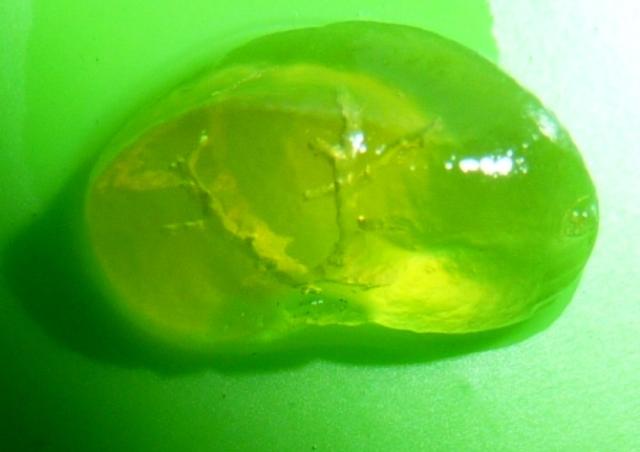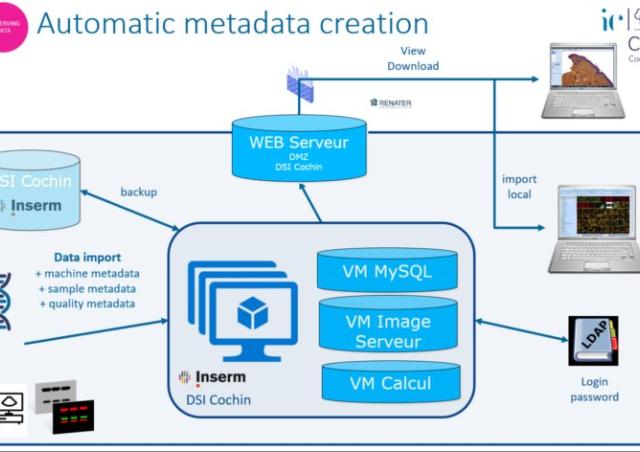Members
Project
The reproducibility of scientific experiments is a subject that has once more demonstrated its importance recently (https://www.science.org/doi/10.1126/sciadv.abd1705).
In light microscopy, we lack standardized, simple, cheap protocols to monitor the health status of the microscope over time.
The RTmfm (Technological Network for multidimensional fluorescence microscopy of the MITI of the CNRS) has been working for many years on the implementation of such protocols.
In particular, the members of the optical systems metrology working group, of which the IMAG'IC platform is a member, have developed a series of rigorous protocols making it possible to prepare standardized samples at low cost, to acquire images and to analyze in an automated and repeatable way by open source software, and allowing to define reference values to evaluate quality control measures for the most common fluorescence optical microscopy modalities.
Seven protocols specify metrics on microscope resolution, field homogeneity, chromatic aberrations, source power stability, sample and stage drift, positioning repeatability, and spatiotemporal camera noises. We designed the MetroloJ_QC ImageJ/Fiji Java plugin to integrate metrics and automate analysis. These measurements allow us to provide in-depth characterization of metrology procedures that can be used by any microscope user, whether beginner or seasoned, to ensure reproducible and quantifiable microscopy results.
The work resulting from our expertise has been published in the journal Journal of Cell Biology (https://doi.org/10.1083/jcb.202107093) and is available on the RTmfm website (https: //rtmfm.cnrs.fr/gt/gt-3m/) and on Youtube (https://youtu.be/ll4X_e8_mo8).
This work is now continuing on an international scale with the QUAREP-LiMi consortium (https://quarep.org/) in which the members of RTmfm and IMAG'IC are major players.



